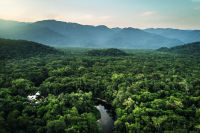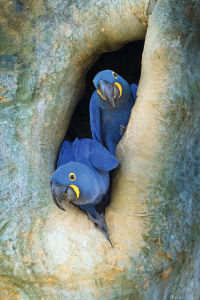The Santuário do Caraça
is a magical island of biodiversity, nestled in the Serra do Caraça mountains of Brazil’s Minas Gerais. The mystical seminary of Santuário do Caraça in Brazil deserves to be described as a “special place of power.” Its biodiversity is simply mind-boggling.
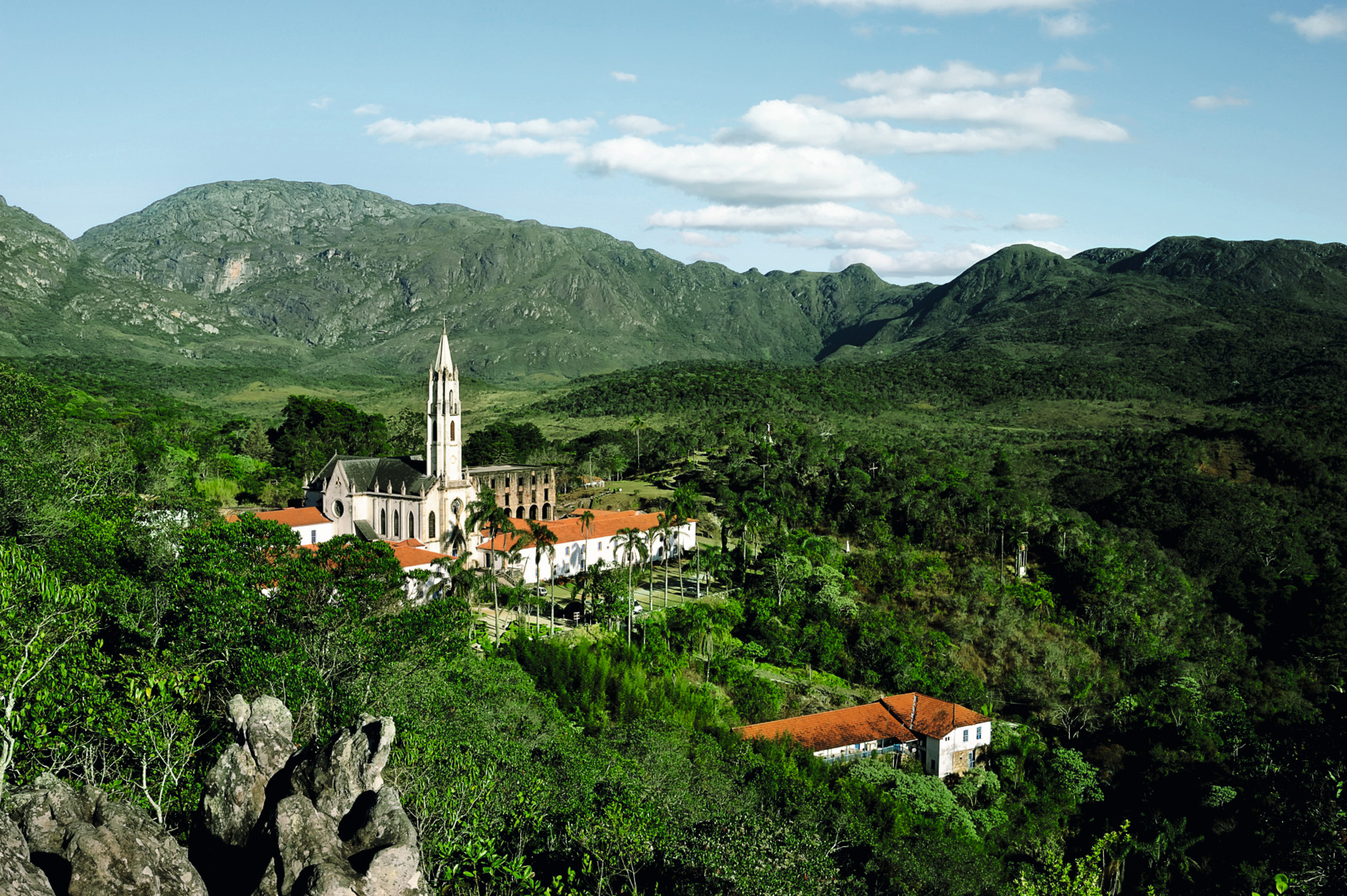

This is a paradise for birding by day, capped off by a tense evening performance: the arrival of the wolves, which can be experienced here like nowhere else. One at a time and in a posture of extreme suspicion, the Maned Wolves ascend the steps of the church, making quick work of scraps and bone, just whiskers away from a captivated nightly audience of naturalists and casual tourists.
The Santuário do Caraça in the Caraça Private Natural Reserve is an island within an island, an oasis of peace in the heart of montane Atlantic forest that is itself just a fragment of what was once a far more expansive forest system back when the church and seminary were constructed in 1774. Inside, the wealth of the cathedral is a testament to the riches of the Brazilian gold rush in the Brazilian state of Minas Gerais. Outside, the forests and mountains teem with colorfully named avian jewels like Gnateater (Conopophagidae), Antshrike (Thamnophilidae), Woodcreeper (Dendrocolaptinae), Spinetail (Furnariidae), Visorbearer (Trochilinae Augastes), and Thornbird (Phacellodomus).
The birds and wildlife of the surrounding forest, accessible via a network of trails and a single mountain road, are just one part of the destination’s allure. Guests stay in simple rooms inside the seminary. They dine in a historical great hall and breakfasts are served in an ancient cellar room where breads and cheeses are heated over a wood-burning stove. Even years later the smell of the kitchen and texture of the wooden tables in this magic place linger in your memory.
“From the moment you first see the seminary from the road, nestling perfectly amid the forested mountains, you feel inspired,” says veteran wildlife guide Mark Andrews, who counts the Santuário do Caraça among his very favorite places. “That gothic terrace, dimly lit with dancing shadows, the resting place for so many evenings waiting in anticipation. The beautifully simple, occasionally creaky wood-paneled rooms, the peace and tranquility, the church bell in the evening, birdsong in the morning: all of these memories put a smile on my face.”

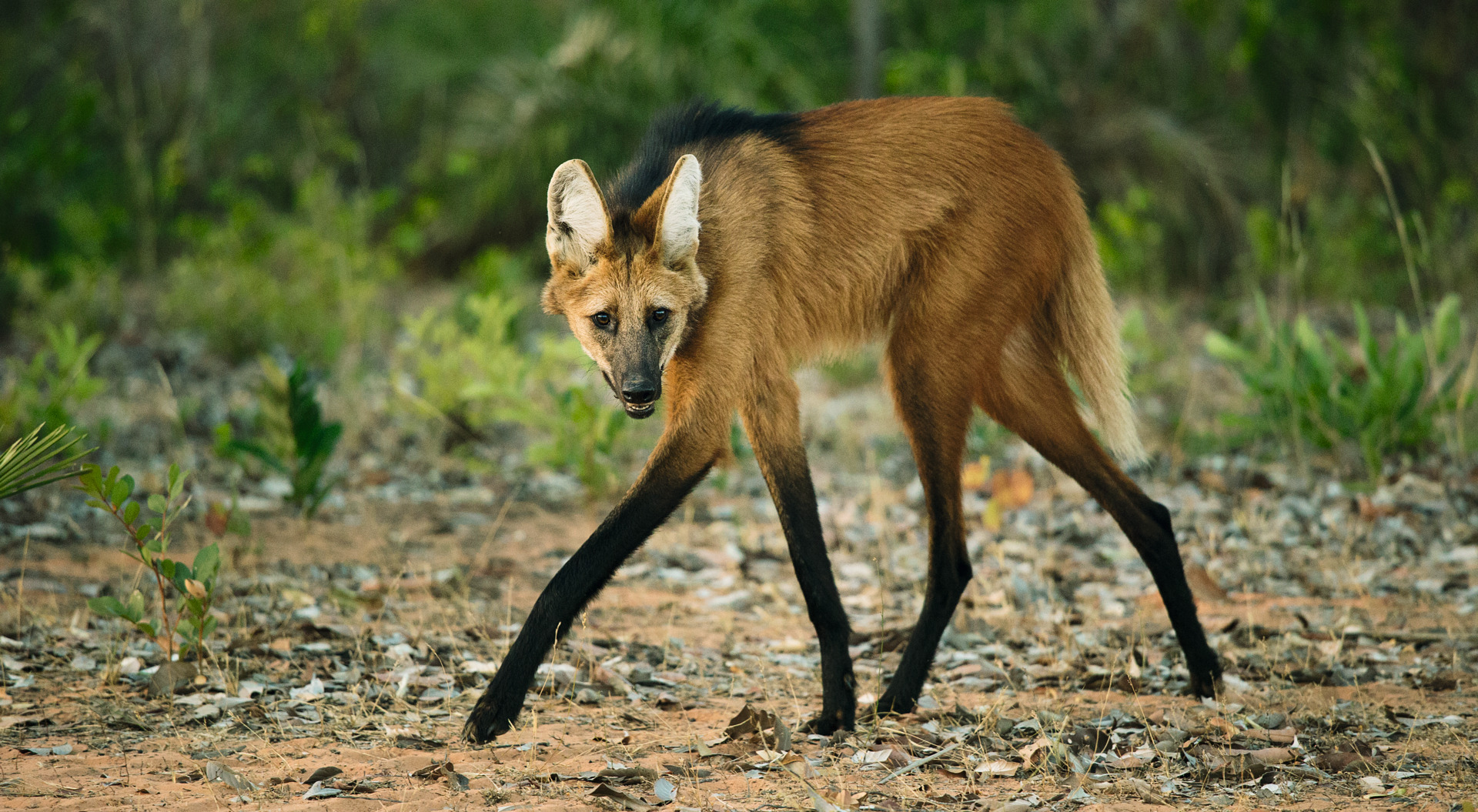
SEEING A RARE BIRD IS ALWAYS SOMETHING SPECIAL
Seeing a rare bird is always something special. But it’s not every day that you can be guided to see such a bird by the person who first described the species.
“It scurries over the rocks like a mouse,” says Dr. Marcelo Vasconcelos (MSc PHD) when describing the Rock Tapaculo (Scytalopus petrophilus), a shy dark-gray bird with a call like a squeezed rubber duck. “Caraça is perhaps the best place in Brazil to see two range-restricted species: the Serra Antwren (Formicivora serrana) and the Rock Tapaculo.”
Vasconcelos, who wears a camouflaged shirt and pants seemingly a size too big, exudes exuberance for birds and wildlife so immense you’d be forgiven for thinking he often forgets to eat. Crouching low, he examines the low roots of a bush on the rocky slope with a look of extreme concentration. In addition to working as an environmental consultant, Vasconcelos is the Curator of Birds at the Museum of Natural Sciences in Belo Horizonte. Fortunately for visiting naturalists, Vasconcelos can also be hired as a natural history guide for the Santuário do Caraça area.
“It will cross here soon,” says Vasconcelos. Sure enough: seconds later the gray bird streaks to the bushy cover at the other side of the rock slab, peeping softly all the while from the cover of the underbrush.


“Due to its mixed avifauna, the Santuário do Caraça is a unique place to bird,” says Dr. Vasconcelos. “It combines birds typical of the montane Atlantic forest and the campos rupestres (rupestrian fields) of the Espinhaço mountain range in a single location. In essence it is like seeing the birds of two different vegetation types in one place.”
Key birds include the Hyacinth Visorbearer (Augastes scutatus), a gorgeous montane hummingbird with a gaudy purple chest and a turquoise front, the Itatiaia Spinetail (Asthenes moreirae) with ragtag tail features, the Gray-backed Tachuri (Polystictus superciliaris) with a chest like the setting sun, and finally, the thick-billed, greenish-yellow and gray colored Pale-throated Pampa-Finch (Embernagra longicauda).
DUE TO ITS MIXED AVIFAUNA, THE SANTUÁRIO DO CARAÇA IS A UNIQUE PLACE TO BIRD
Poignantly, however, the wealth and natural abundance that first attracted people to the forests of Minas Gerais during the Brazilian gold rush of the 1700s continues to threaten birds and wildlife to this day. According to Vasconcelos, the most serious threats that birds and mammals face in the region are habitat destruction and fragmentation by mining companies (iron and gold) close to the reserve. This has transformed the Santuário do Caraça into an “island” of biodiversity. A visit to this magic environment is therefore bittersweet, even if mining and deforestation feel miles away.
“The challenges facing Brazilian wildlife echo that of much of the world today,” says Andrews, having traveled throughout Brazil in search of the country’s most enigmatic birds and mammals. “Human encroachment, fragmentation of habitat, deforestation, overgrazing, pollution, mining, fire, climate change: in Minas Gerais, a huge center for endemism, particularly the Atlantic forest, any change can have drastic consequences on already isolated, highly threatened species. Of course there is always room for improvements to conservation and protective measures, but it needs political will in addition to the enthused local man power already involved.”

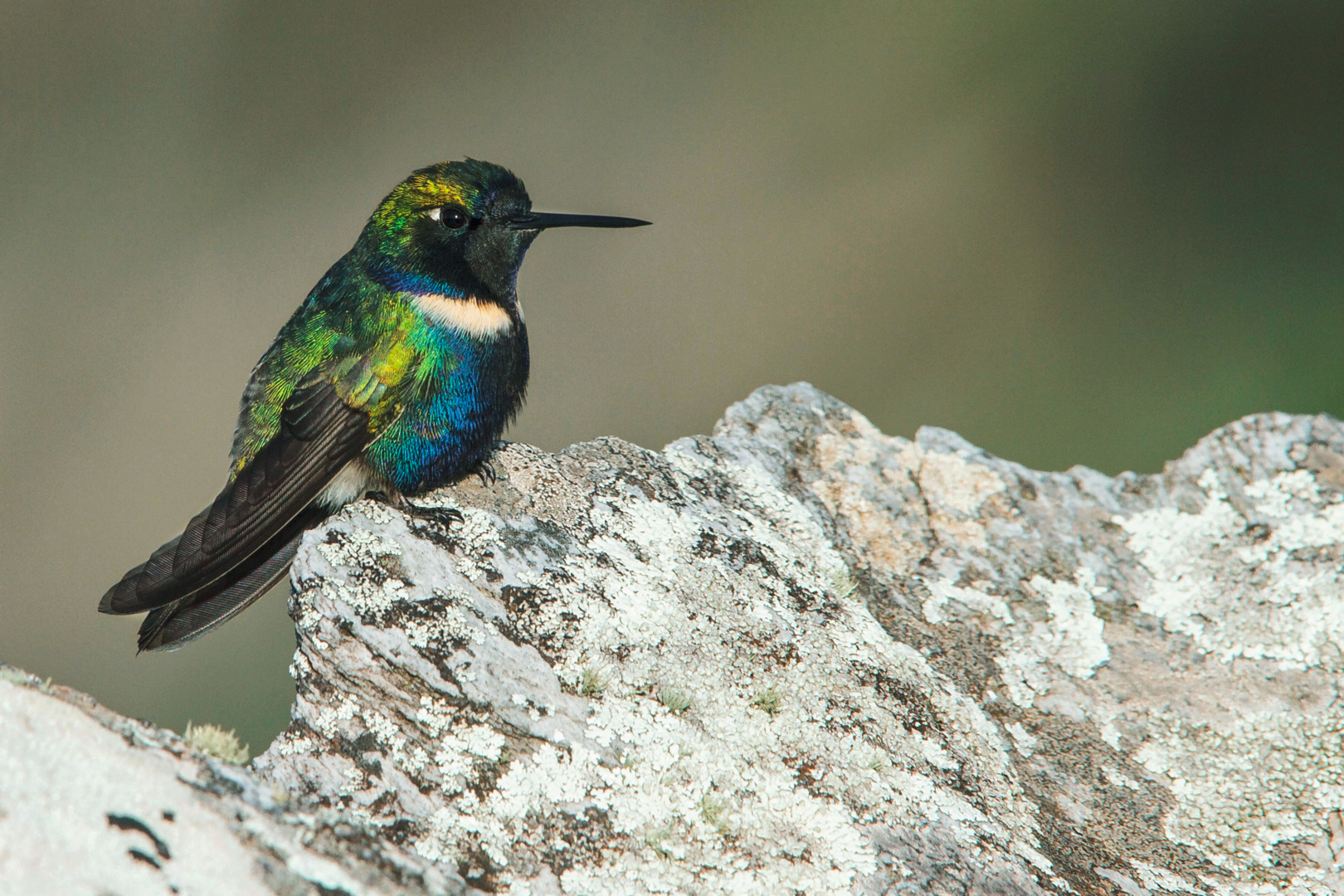
Dr. Vasconcelos echoes this sentiment, underscoring that birders can make a difference when visiting the Santuário do Caraça and other at-risk areas in Brazil. “The only way to combat the economic powers that threaten our biodiversity is to transform conservation into economic power,” says Dr. Vasconcelos in describing the challenges and the opportunities for ecotourism in Brazil. “Birding and other ecotourism activities started later in Brazil in comparison to other neotropical countries like Costa Rica. Nevertheless, I have an optimistic point of view that we are learning and that we will be a global reference in birding trips in the next decades.”
MINAS GERAIS HAS MUCH TO OFFER VISITING BIRDERS, GENERAL AND SPECIALIST NATURALISTS ALIKE.
Mornings at the Santuário are as eagerly anticipated as the evening arrival of the Maned Wolves. Breakfasts in the historical setting are a true delight. Visitors emerge from the network of long hallways leading past the cathedral, library, and religious iconography into thick fog, which quickly burns off at the lower levels and by mid-morning reveals a bowl of high mountains and an additional chapel further up the hillside.
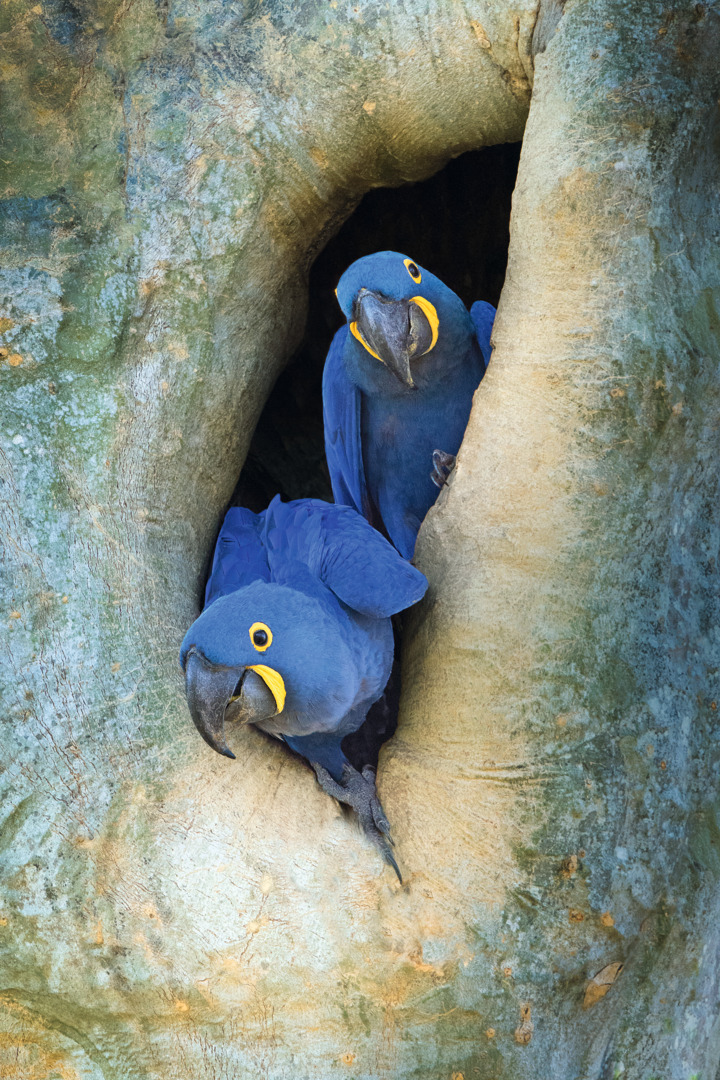

For departing guests, the road leading out offers great birding in addition to numerous fantastic possibilities for exploring further afield. The Brazilian state of Minas Gerais is home to opulent UNESCO World Heritage sites such as Ouro Preto and other lavish colonial towns created during a booming of wealth centuries ago. Today, though the state is experiencing only modest economic growth, its natural wonders continue to captivate visitors. To the west is Canastra National Park with its grasslands. To the east there are additional reserves and tracts of lowland Atlantic forest that protrude like islands in the surrounding landscape. “Minas Gerais has much to offer visiting birders, general and specialist naturalists alike,” says Andrews. “You encounter an incredible array of wildlife, including extraordinary primates, remarkable mammals like the Brazilian Tapir (Tapirus terrestris), Giant Anteater (Myrmecophaga tridactyla), and Maned Wolf (Chrysocyon brachyurus) and some of the rarest, range-restricted birds in the world. The sheer diversity of the animal and plant species lingers in your memory long after you return home.”
Best of all, there are a variety of ways to get up close and personal with the nature of Minas Gerais. International and local tour operators and ground agents are readily available. More adventurous travelers can simply rent a car and hit the road. Either way, those who make the journey to this area will be treated to delicious food, friendly people, welcoming farm stays (pousadas), fantastic architecture from a bygone era, and superlative wildlife viewing opportunities.
“Minas Gerais on the whole has a very promising track record of conservation and some huge protected reserves, both national and privately owned,” says Andrews hopefully. “The fact that much of Brazil’s natural wealth is accessible to visitors like myself and my groups is a clear, and admirable indication of intent.”
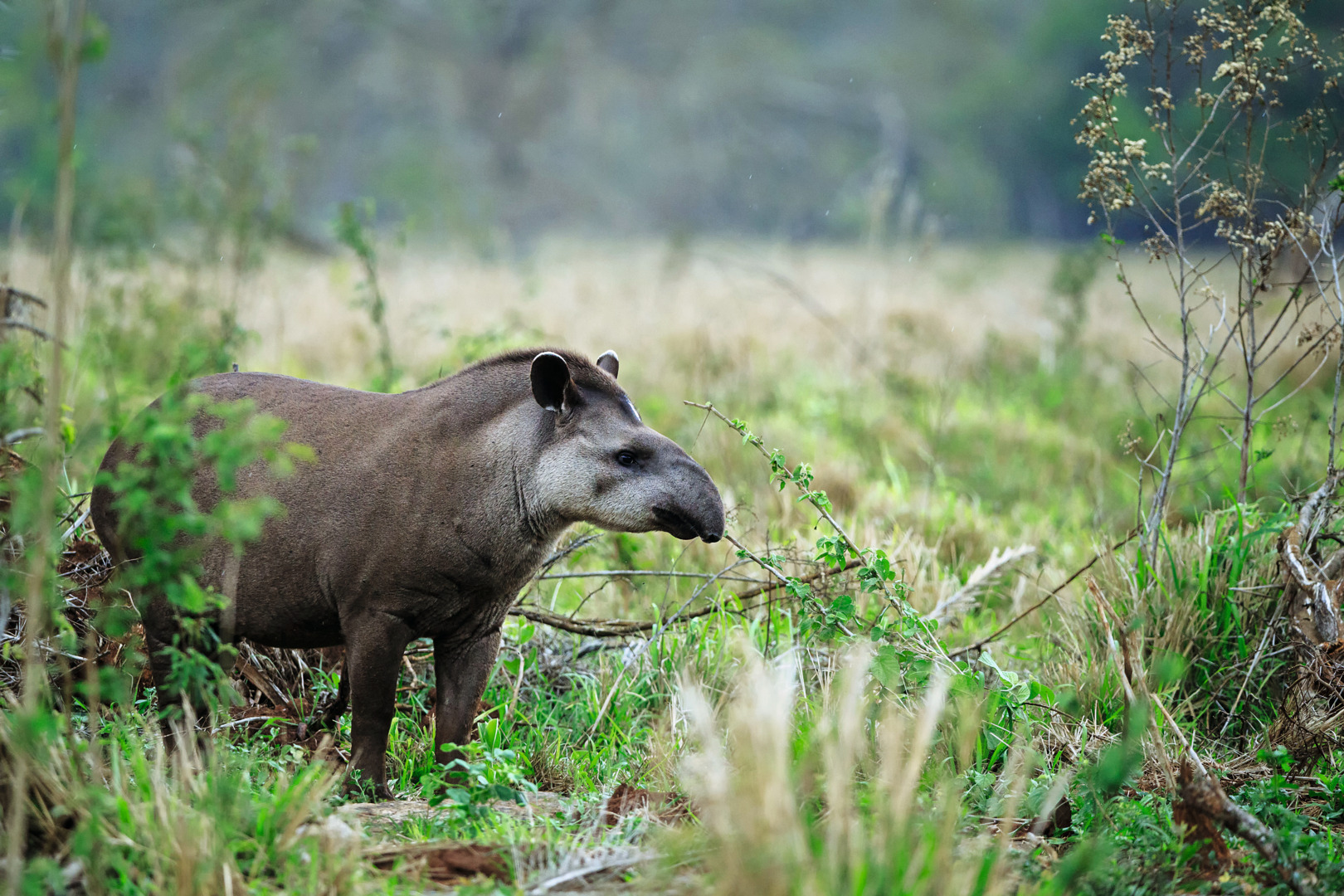
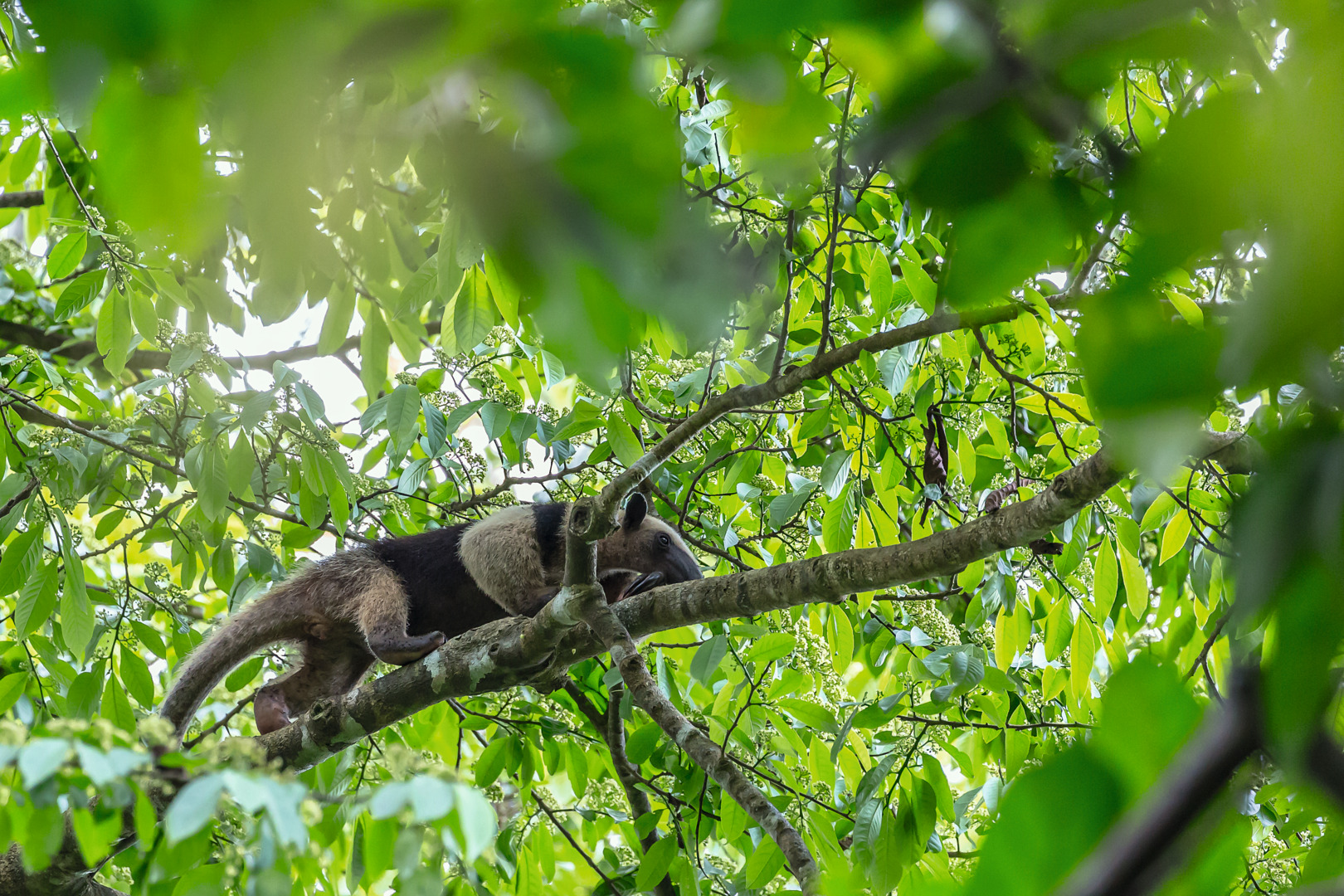
If you want to experience a #mywildlife moment through the eyes of one passionate birder, check out his description of the feeding of the wolves at the Santuário do Caraça.
Planning to visit the Santuário do Caraça soon? Then here are some travel tips for Brazil in general and a packing list of items that should not be missing in your suitcase. Boa viagem!















